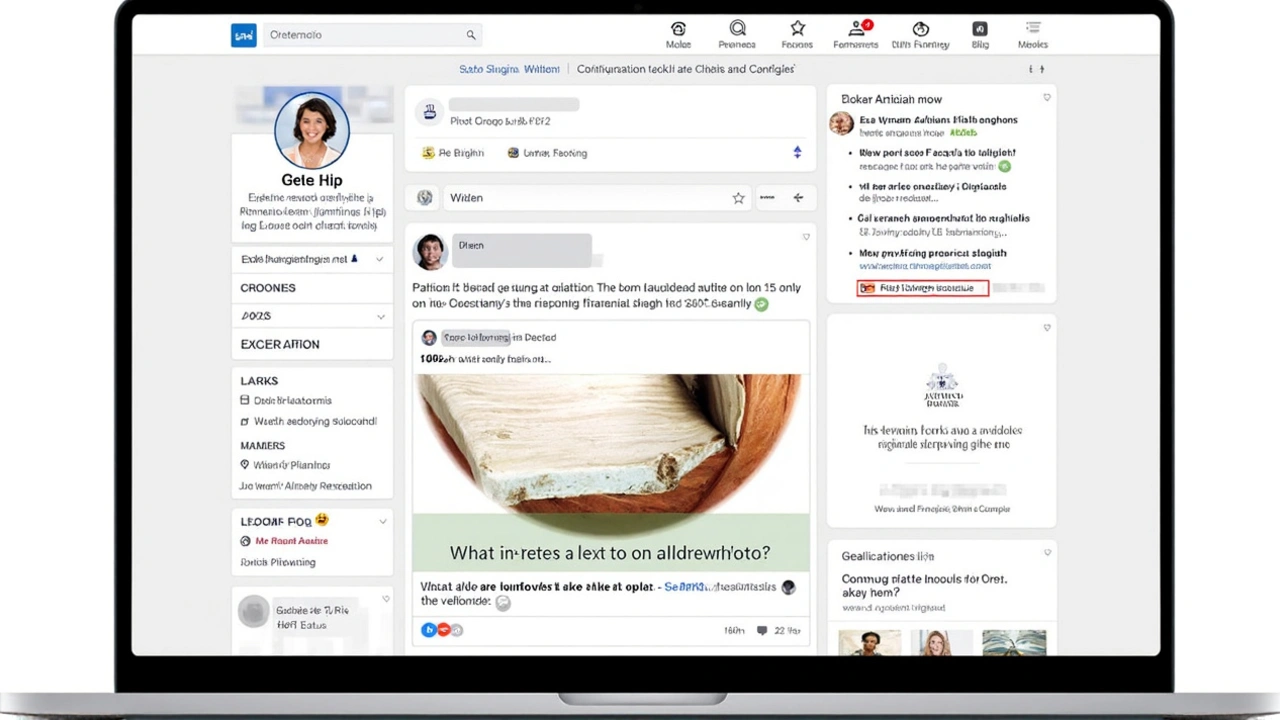Citizen Journalism: How to Report Local News the Right Way
You don’t need a press badge to tell a story that matters. Citizen journalism means ordinary people capturing events, sharing eyewitness accounts, and filling gaps mainstream media miss. Done well, it shines a light on local issues fast. Done poorly, it spreads rumors and harms people. Here’s a clear, practical guide to reporting responsibly.
How to Report Safely and Ethically
First, think about your safety. Before you record or approach someone, ask: am I putting myself or others at risk? If yes, step back and call authorities or a trained reporter. If you’re in a protest, disaster, or tense scene, keep distance and use zoom on your phone rather than getting too close.
Respect people’s privacy. Don’t post photos or videos of victims, minors, or vulnerable people without consent. If someone asks you not to record or share, pause and consider the consequences. Protect identities when needed — blur faces or mute voices to avoid exposing people to danger.
Be honest about your role. Label your content clearly: eyewitness account, live video, or opinion. Avoid claiming expertise you don’t have. If you make a mistake, correct it quickly and clearly. That builds trust.
Tools and Verification Tips
Use simple tools to make your reporting stronger. Record video in landscape for platforms that prefer it, but keep vertical clips handy for social stories. Use a tripod or stabilizer for steady footage. Record clear audio; a small external mic can help if you often report in noisy places.
Verify before you publish. Check timestamps and geolocation when possible. Reverse-image search (TinEye or Google Images) helps spot reused photos. Cross-check claims with at least one independent source — an official statement, a local NGO, or another eyewitness. Don’t rely solely on one video or a single social post.
Keep a simple evidence log: when you recorded something, who you spoke to, and links to supporting material. That log helps journalists or fact-checkers who may use your work later.
Think about how you publish. Short captions should state clearly what you know and what you don’t. Add context — where it happened, when, and why it matters. If you share on a platform, use relevant hashtags and location tags so local audiences and reporters can find you.
Finally, protect your sources. If someone shares sensitive info, ask how public they want it to be. Use private messaging or encrypted apps when needed. If you plan to hand material to a journalist or newsroom, ask about how they’ll protect identities.
Citizen journalism fills crucial gaps in coverage, especially in communities that get little attention. Follow these steps—stay safe, verify facts, respect people, and use basic tools—and your work will not only be seen, it’ll be useful and trusted.
Citizen Journalism: Changing How the World Gets Its News
Citizen journalism lets everyday people report the news, often through smartphones and social media, playing a big role in events like the Arab Spring and Black Lives Matter. While it brings fresh perspectives and raw storytelling, there's ongoing debate about its reliability and editorial standards.
